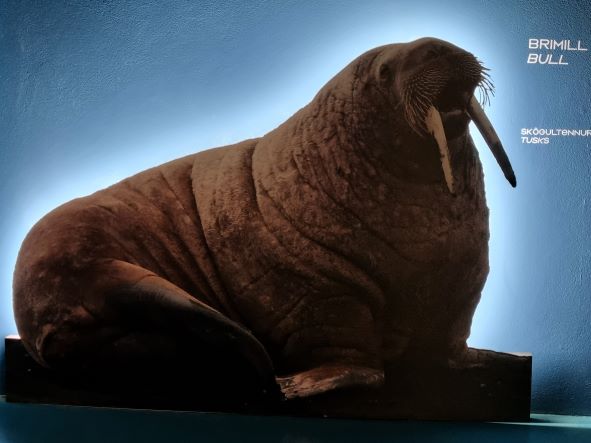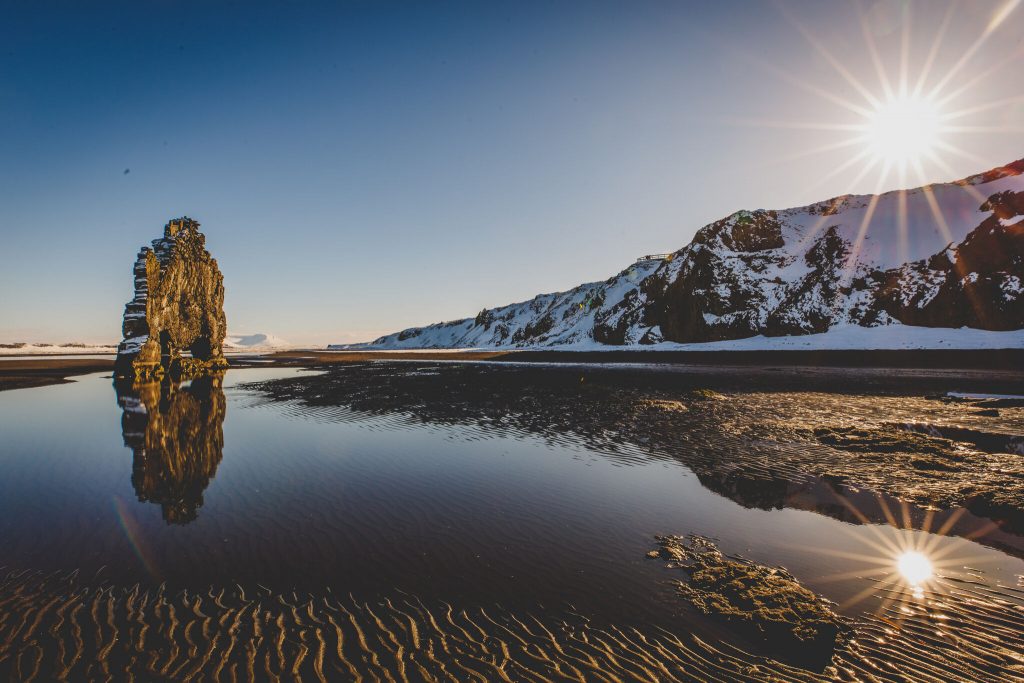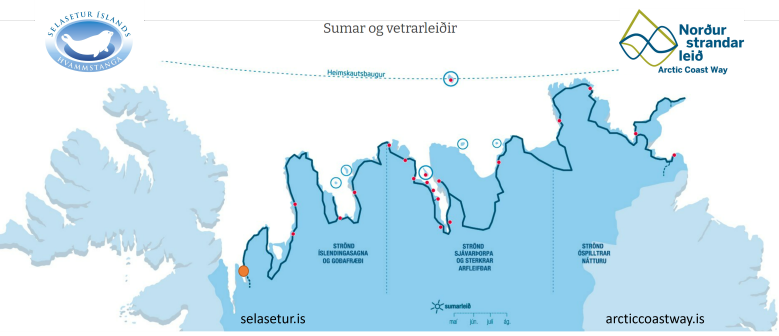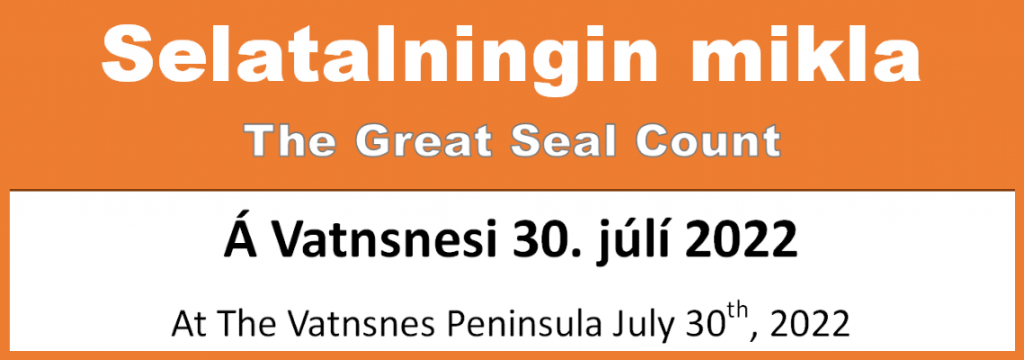
Exhibition Walrus 2022


Longer opening hours
From Friday, April 1 we will be open from 12 pm – 16 pm on weekdays.
We can’t wait to welcome you
#selasetur #sealcenter #thesealcircle #northiceland #visithunathing #arcticcoastway
The Icelandic Seal Center is part of the Arctic Coast Way (Norðurstrandaleið), which is Iceland’s new and northernmost tourist route. The route covers 900 km of the Nordic coastline, six peninsulas, and six islands.

The North Shore route turns its back on trodden paths and directs the tourist into the sparse and remote – to explore the north coast of Iceland in the immediate vicinity of the Arctic Circle. The North Shore route runs along the entire coastline, from Hvammstangi in the west to Bakkafjörður in the east.


Volunteers Needed at the Icelandic Seal Center
Come join us for our annual Great Seal Count at the Icelandic Seal Center. We need groups of volunteers to count seals along the coastline of the Vatnsnes Peninsula.
Saturday, July 30 at 09.00, the Great Seal Count will be held by the Icelandic Seal Center in Hvammstangi. We encourage everyone to participate, whether you are a local, landowner, or tourist on your trip around the country. Participation gives people the opportunity to see harbor seals in their natural environment.
Program for the counting day:
At 09:00 is the delivery of data, presentation, and training at the Seal Center. Coffee and drinks are available for participants.
At 10.30-14.00, the seal count takes place and it is good to have binoculars with you.
When you are finished, registration of data online or submission of data inbox at the Icelandic Seal Center.
More information about registration later
Dr. Aquino is an Assistant Professor in the Department of Rural Tourism and is Head of Tourism Research at the Icelandic Seal Center. The article, Teaching wildlife tourism management: reflection on culture, nature, and wildlife, can be downloaded for free to the first 50 people at www.tandfonline.com.

This article describes an elective wildlife tourism management course at the University of Lapland. This teaching/learning course focused on blending theories used in place-based education to help students better grasp and explore their philosophical understanding of culture, nature, and wildlife and how these affect management actions. The research used arts-based methodologies as a tool to document and facilitate individual and group reflection. Experiential learning was used to explore how managers can help to create sustainable places to live, work, and visit through the co-creation of more ethical management practices that benefits local communities, incorporate a sense of place, and protects the ecosphere. The main outcomes of the course were to inspire further learning about environmental philosophy outside of the classroom and to help students push the boundaries of their own philosophical understanding of culture, nature, and wildlife.